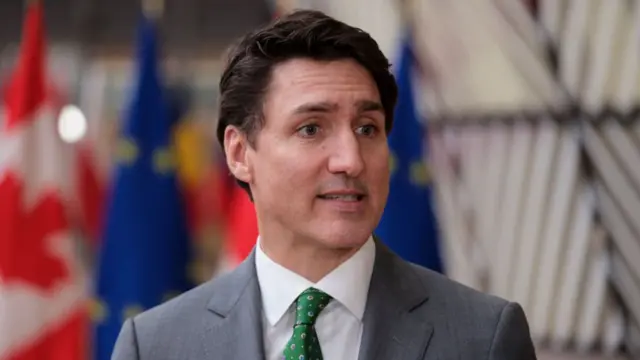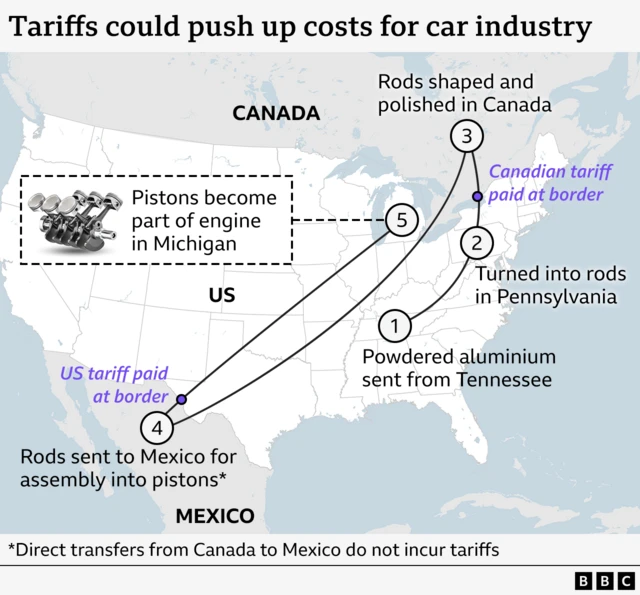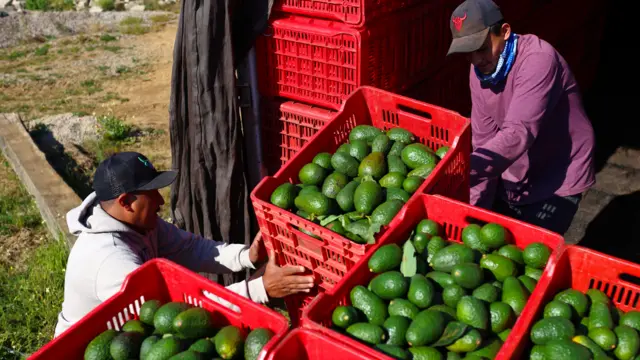How has Canada hit back at US tariffs?published at 06:01 GMT 4 March
Canada had said on Monday that it will retaliate with 25% tariffs against $155bn Canadian dollars' worth of US goods when American tariffs kick in.
Prime Minister Justin Trudeau said Canada will immediately target $30bn worth of products, and target the remaining $125bn over 21 days. Any fresh duties Canada imposes will be in place for as long as the US tariffs are, Trudeau had said.
Canada's dollar-for-dollar tariffs on US products during Trump's first administraton came up to C$16.6bn.
Another way Canada could hit back at the US - and probably the most painful - is to restrict access to energy. Canada is the top oil supplier to the US and also provides some electricity to 30% of the states.










